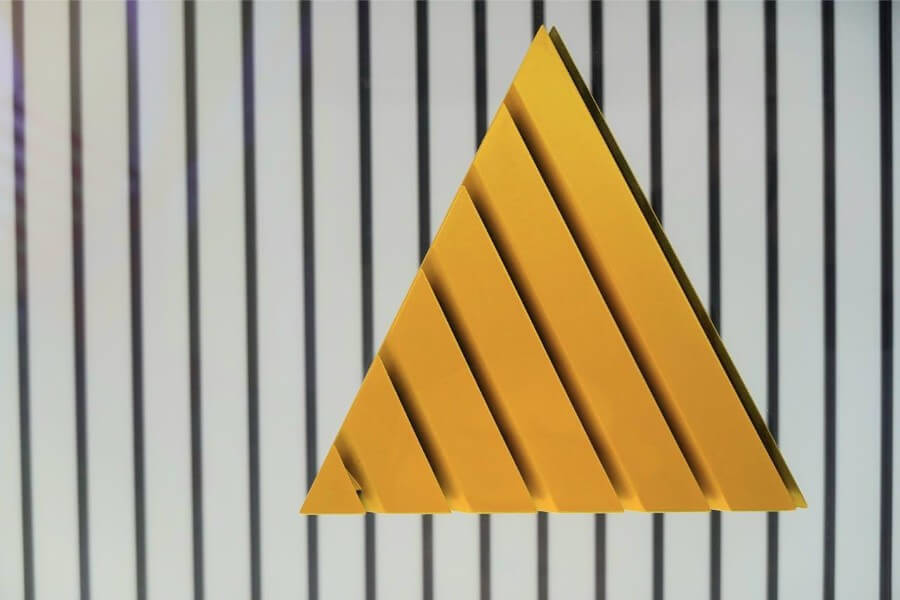
Graphic design and 3D printing have come a long way from their earliest days — and their innovative fusion has transformed industries from advertising to product development, opening up new and original ways of thinking.
The Wild Early Days of Graphic Design
Graphic design really came into its own back in the early 20th century — when it became increasingly necessary for advertising, publishing, and propaganda to think about visual communication. At this point, designers had little at their command other than traditional pen techniques like sketching and block engraving. As technology changed, so did graphic design. The 1980s saw the advent of computer design — which brought about printing, offering designers many more toys that let them work with photographs and drawings in ways never before possible.
Tools like Adobe Photoshop and Illustrator made graphic design more creative and accurate. These programs became a mainstay for designers, allowing them to do more refined, complex work. Then, the internet afforded graphic design another transformation by offering new platforms and formats of every kind, from websites to social media graphics.
The Evolution Of 3D Printing
Meanwhile — as graphic design was being revolutionized — another cutting-edge technology was beginning to emerge — that is, 3D printing. Also called additive manufacturing, it makes three-dimensional items by adding layer upon layer of material in accordance with computer models. Although the idea goes back to the 1980s, it was not until the 21st century that the evolution of 3D printing began to make a sharp commercial launch.
First-generation 3D printers were large and expensive — restricted to the industrial realm. But advances in technology made them ever more accessible — and cheap — ushering in a period of popularisation. Sectors from automobiles and manufacturing to healthcare and others started using 3D printing for creating prototype parts, custom production, and even specific medical operations.
The Internet of Graphic Design and 3D Printing
With both fields making advancements, a collision between graphic design and 3D printing naturally occurred. Designers began to explore how they might translate their two-dimensional works in three dimensions.
This evolution of 3D printing didn’t just broaden the range of items designers can create, but also changed the way they think about design itself — by incorporating 3D printing into graphic design, physical prototypes that were previously unthinkable have become possible. Designers can now turn their imagination into reality and develop physical products for testing, marketing, and use. Working with firms such as Conclusive, a company specializing in Embedded Firmware and Hardware, ensures that these prototypes can evolve beyond form into connected, working solutions.
This melding has led to a wave of new ideas, with designers experimenting in new materials and techniques to push the boundaries of possibility even further.
Changing Industries and Daily Life
The ramifications of integrating graphic design and 3D printing is not limited to the creative industry. In product design, for example, being able to quickly prototype and refine designs has shortened development cycles, as well as saved money.
3D printing has enabled architects to construct intricate models that help us visualize structures and spot potential problems ahead of time. This not only streamlines the design process, but also makes talking between architect, engineer, and client more efficient. It prevents misunderstandings before they start.
Education is another area that is benefitting from the combination. Students in graphic design and engineering programs now have access to tools that let them experiment and learn in ways not possible before. By linking the world of digital design with the physical creation, 3D printing is making learning more interactive and enjoyable.
Looking Forward: The Future of Design and Manufacturing
The development of graphic design and 3D printing looks to have a promising future. And as technology advances, we can look forward to even more exciting developments. AI and machine learning already play an important part in design, offering fresh ways to generate and optimize creations. As these tools become increasingly complex, the scope for innovation will grow even wider.
Designers have to pay attention to all this. There’s no choice about it. New technologies should be taken advantage of and explored in all their possibilities — resulting in pioneering work that sets trends and dominates industries. In a constantly changing environment like this, creativity and pushing the boundaries are more vital than ever.
Looking at the path this has all taken so far, the fusion of graphic design with 3D printing has changed not only how we make things but even our relationship to them. That interdisciplinary work has created fresh experiences and ways of thinking.
To get advice on designing for different platforms — from the experts themselves — you can visit the following article about graphic design tips.
Those who embrace the evolution of these technologies are looking at a bright future. As they evolve, so too will creativity — as many probably know at this point. The journey is ongoing and its sequel promises to be even more thrilling than the last installment — a memorable creative adventure to inspire everyone in this field.